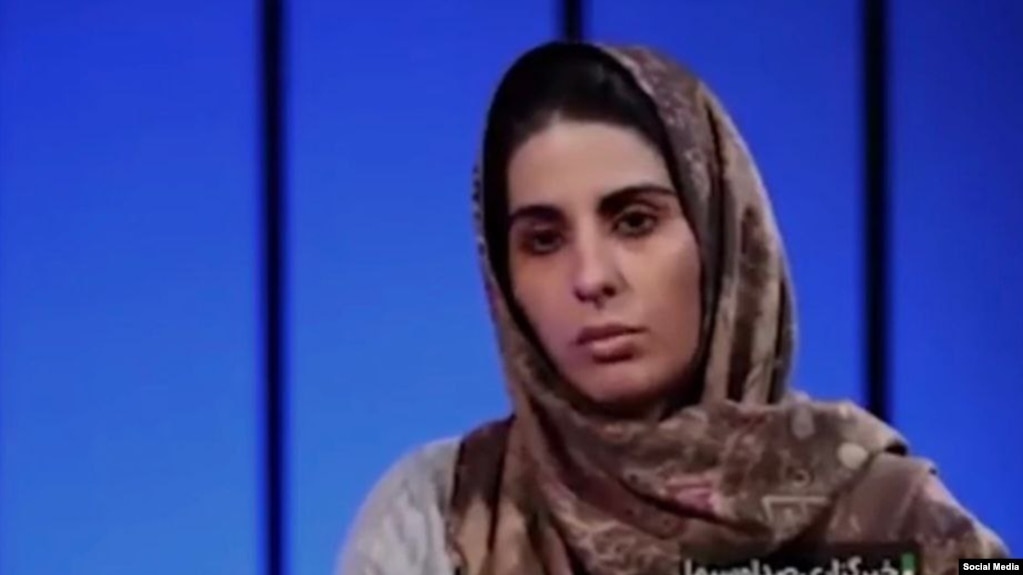RFL/RE – The Iranian Human Rights Activists News Agency (HRANA) says a woman who confessed on air to violations of the country’s hijab law was beaten before making the statement.

Quoting what it called an “informed source,” the agency said on August 5 that Sepideh Rashno was taken to a Tehran hospital after making the statement to be examined for internal injuries.
According to eyewitnesses the agency spoke to, Rashno had low blood pressure and had difficulty moving when she was transferred to the hospital. She returned to prison immediately after the examination.
Rashno, a 28-year-old writer and artist, was arrested on June 15 after a video of her arguing with another woman who was enforcing rules on wearing a head scarf on a bus in Tehran went viral. The other woman threatened to send the video — which showed Rashno riding the bus without the mandatory hijab — to the Islamic Revolutionary Guards Corps (IRGC).
Rashno was subsequently detained and has been held since without access to a lawyer, nor have the charges against her been made public.
Weeks after widespread concern grew over Rashno’s whereabouts, a Twitter storm started with the hashtag “Where is Sepideh?”
Iran’s state television subsequently showed her in a video report on July 30 where Rashno’s eyes appeared darkened. Witnesses said she was listless and moved slowly.
During a one-sided narrative over the confrontation, Rashno was shown for a few seconds in what looked like a studio setting saying lines that appeared to have been written by authorities.
The confession aired amid recent reports that authorities in Iran are increasingly cracking down on women deemed to be in violation of wearing the hijab, which is mandatory in public in Iran.
Iran’s notorious Guidance Patrols, or morality police, have become increasingly active and violent. Videos have emerged on social media appearing to show officers detaining women, forcing them into vans, and whisking them away.
A July 5 order by President Ebrahim Raisi to enforce the hijab law has resulted in a new list of restrictions on how women can dress.
Following the order, women judged not to be in compliance have been barred from government offices, banks, and public transportation.
In response, activists have launched a social media campaign under the hashtag #no2hijab to urge people to boycott companies enforcing the tougher restrictions.
On July 12, women’s rights activists posted videos of themselves publicly removing their veils to coincide with the government’s National Day of Hijab and Chastity.
The hijab first became compulsory in public for Iranian women and girls over the age of 9 after the 1979 Islamic Revolution.
Many Iranian women have flouted the rule over the years in protest and pushed the boundaries of what officials say is acceptable clothing.
HRANA is the media outlet for Human Rights Activists in Iran (HRA), a nonpolitical and nongovernmental organization comprised of advocates who defend human rights in Iran.
 Shabtabnews In this dark night, I have lost my way – Arise from a corner, oh you the star of guidance.
Shabtabnews In this dark night, I have lost my way – Arise from a corner, oh you the star of guidance.



